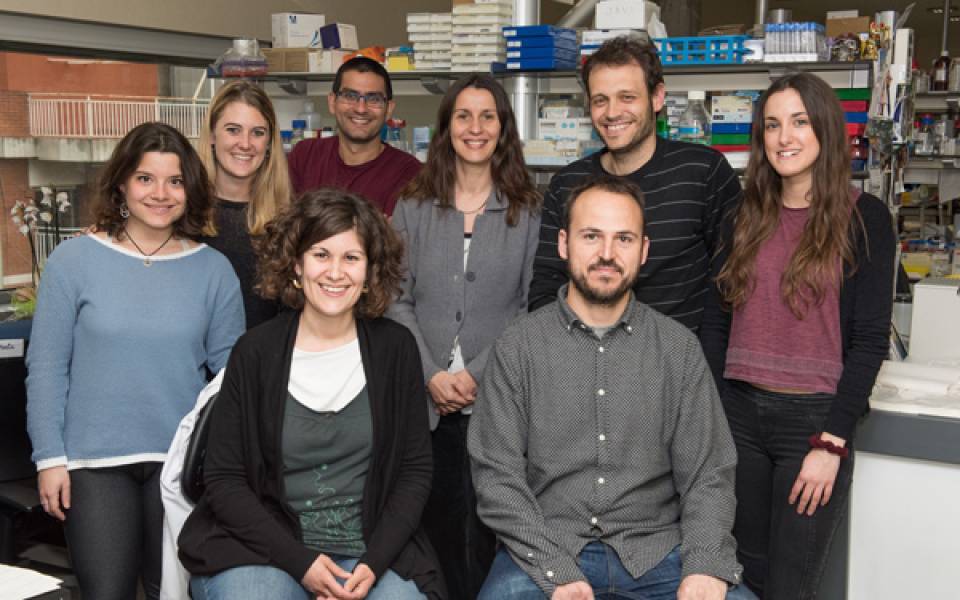Angiogenesis is the formation of blood vessels from pre-existing ones. It may be normal (necessary for embryonic development) or pathological. In the latter case, it is one of the major complications in patients with cirrhosis and a key factor in the development and worsening of the disease. "Pathological vessels in cirrhosis form varicose veins in the oesophagus and stomach of patients with cirrhosis; these veins are fragile and have a high tendency to burst, causing heavy bleeding that is difficult to stop", explains Dr. Fernández. Therefore, many efforts are intended to understand the mechanisms that distinguish the normal angiogenesis from the pathological to develop therapies to reverse the formation of abnormal vessels.
The study published in the Gut journal shows that the abnormal growth of new blood vessels in cirrhosis depends not only on pathological angiogenesis mediated by VEGF, but also on a process that involves progenitor stem cells known as vasculogenesis. These stem cells, found in the different layers that form the blood vessels, are activated in cirrhosis, proliferate and form new vessels. "In cirrhosis therefore we need inhibit the two mechanisms. Achieving this will allow us to stop more effectively the growth of harmful vessels", explains Fernandez. "In the study we have also seen that the CPEB4 protein is involved in the proliferation of progenitor stem cells”, she adds.
In another recent study published in the Gastroenterology journal, co-led by Mercedes Fernandez and Raúl Mendez, from IRB Barcelona, scientists discovered that CPEB4 favors overexpression of VEGF and pathological vessel’s formation in cirrhosis. "Interfering in CPEB4 protein only disrupts the formation of pathological vessels, while positive vascularization remains intact", says Dr. Fernández. "Our new findings reinforce therefore CPEB4 potential as a therapeutic target for this disease, and as a result, to prevent liver cancer", she adds.
Cirrhosis is the highest risk factor for developing liver cancer. Thus, research teams led by Mercedes Fernandez and Raul Mendez have received several grants, at a national and an international level. One of them is funded with more than one million euros from the Spanish Association Against Cancer (AECC), to discover, together with Dr. Jordi Bruix, head of the Hepatic Oncology Unit of Hospital Clínic and IDIBAPS, the role of the CPEB4 protein in hepatocellular carcinoma, the most common type of liver cancer.
Article reference:
Garcia-Pras E, Gallego J, Coch L, Mejias M, Fernandez-Miranda G, Pardal R, Bosch J, Mendez R, Fernandez M.
Gut. 2016 Mar 16. pii: gutjnl-2015-311157. doi: 10.1136/gutjnl-2015-311157.
Image:
Research group led by Mercedes Fernández. Ester García-Pras and Javier Gallego (in the front row) are the frist and second authors in this article.

